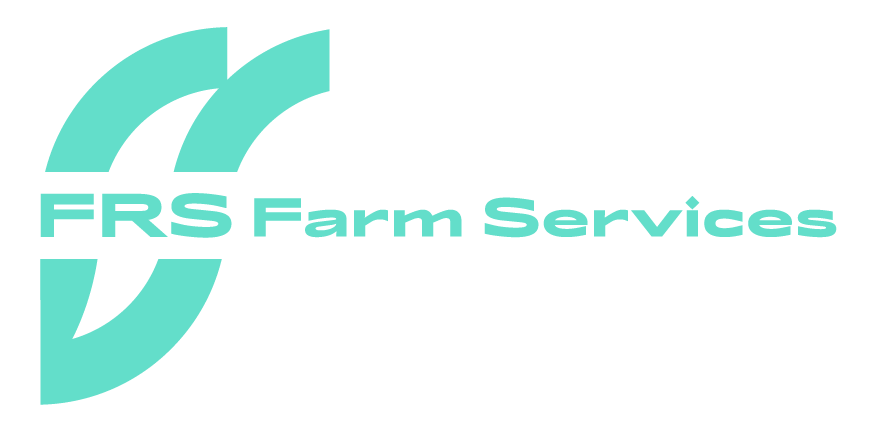Leading on from our last article on calf housing, health, and management, we now look towards what farmers need to watch out for in the coming weeks.
Animal Health
Statistics from the Irish Cattle Breeding Federation (ICBF), reported on 3rd February 2021, showed there are over 100,000 calves registered from the week ending January 29, 2021. This figure shows an increase of over 14% of calves registered at the same time last year and indicting the calving season is well underway. As the time progresses, conditions may change, and farmers need to remain vigilant to ensure the health and wellbeing of their animals.
Pneumonia
As calves grow, they run the risk of contracting or developing illness. Apart from scour, pneumonia is another common illness in livestock. Pneumonia is a multifactorial disease; this means that many factors can impact on its onset or course. Cattle will have some agents that cause pneumonia live in their upper respiratory tract. These agents may never cause disease, however, under stressful situations they may multiply and move towards the lung. It is at this stage, pneumonia may develop.
Stressful situations include a change in the weather or housing, mixing with different groups or a change in diet. Low immunity can also mean the animal is weaker. Farmers need to be aware of these factors and monitor their animals closely. Signs of pneumonia include off form with low appetites, dullness, and a temperature of over 40 degrees. Increased breathing rates, coughing and nasal discharge may also occur.
Pneumonia Treatment
Traditionally treated with injectable antibiotics, we advise farmers to work with their veterinarian to choose a treatment protocol. However, prevention is better than cure. We recommend that farmers try preventing pneumonia in cattle by decreasing the amount of infection their animals are exposed to and increasing their immunity. Farmers can do this by avoiding stressful situations, for example, when weaning, do it gradually and don’t suddenly change their diet. Ensure they have received enough colostrum when born and dose accordingly. Consult your veterinarian and follow the dosing/vaccination plan in place.
Milk Fever
For dairy cows returning to the milking system, milk fever is a common illness to watch out for. Also known as hypocalcaemia, milk fever is where a dairy cow has a lowered levels of blood calcium. This generally occurs from 24 hours to 3 days post calving.
The initial signs of milk fever may go undetected. Watch out for loss of appetite, excitability, nervousness or weakness, or shifting weight and shuffling on the hind feet. Other symptoms include head extension or turning their head into their flank. Treatment for milk fever can be administered by the farmer, but we recommend contacting your veterinarian for the best advice for your herd.
Milk Fever Treatment
Research has shown that cows who get milk fever are up to eight times more likely to get other problems. Farmers should consider a milk fever control strategy. This should include ensuring there is sufficient calcium, magnesium, nitrogen and potassium in their diets and regular body scoring. Good nutrition within a herd can also decrease the culling rate, decrease lameness and mastitis, improve milk yield and fertility.
If you require help this Spring, contact your local FRS office. FRS have a range of skilled operators available. Visit www.frsfarmrelief.ie for more information.
Check out more news here.
